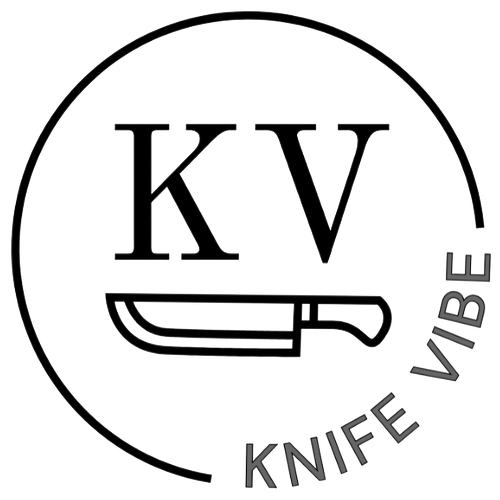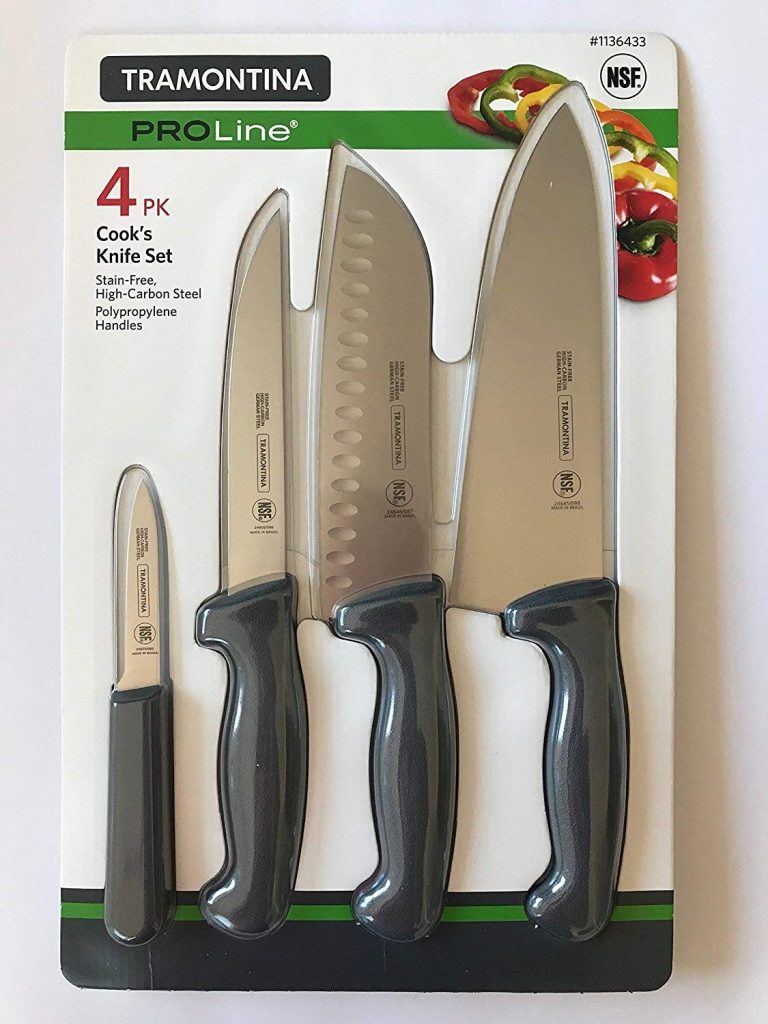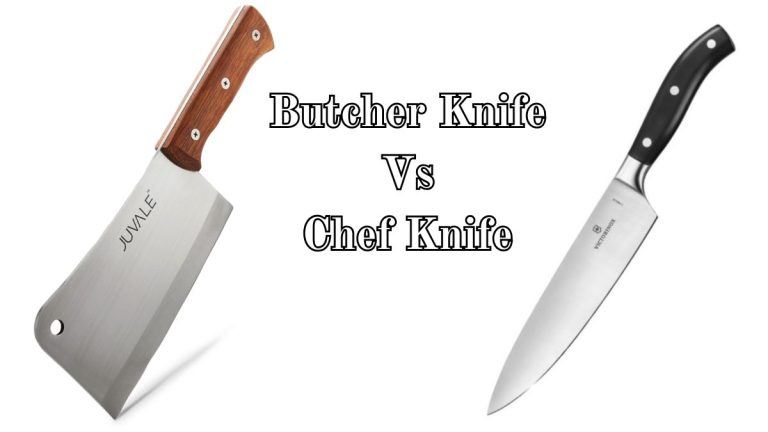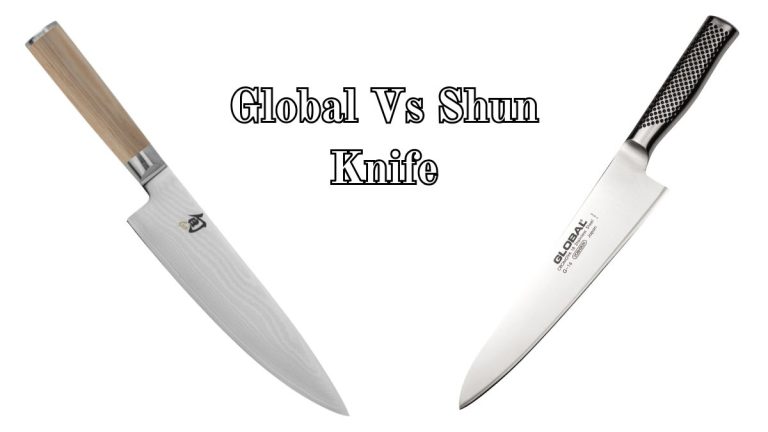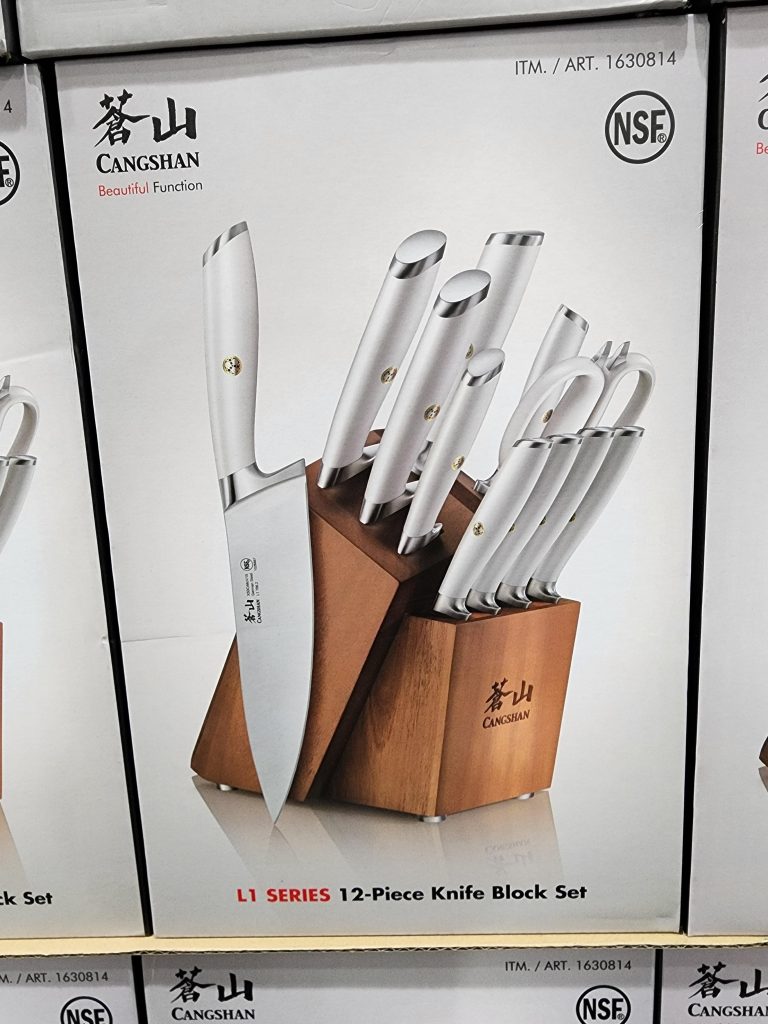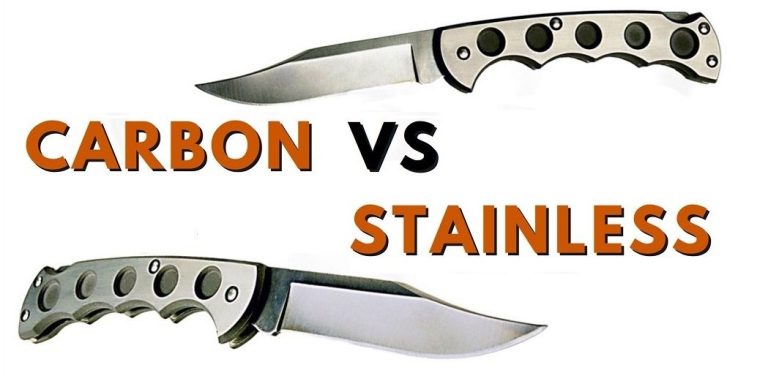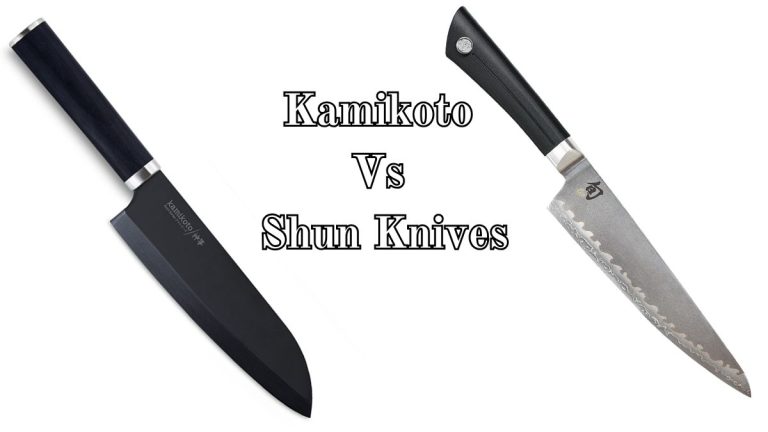Meat Cleaver Vs Butcher Knife: Which is Best for Your Kitchen?
Choosing the right tool for meat preparation can be tricky. The meat cleaver and butcher knife are both essential in the kitchen.
Understanding their differences can help you pick the best one. Meat cleavers and butcher knives serve different purposes. The meat cleaver is known for its heavy, thick blade, perfect for cutting through bones. It’s a powerhouse in breaking down large cuts of meat.
On the other hand, the butcher knife has a thinner, more precise blade. It’s ideal for slicing and trimming meat. Both tools have their strengths, and knowing when to use each can make your cooking more efficient. This comparison will guide you through their unique features and uses, helping you make an informed choice for your culinary needs.
Meat Cleaver Overview
A meat cleaver is a versatile kitchen tool. It is known for its large, rectangular blade. Used for heavy-duty chopping and cutting tasks, it is a must-have for butchers and chefs alike.
Design And Features
The meat cleaver has a distinct design. Its blade is broad and rectangular. This design helps in cutting through thick meat and bones. The blade is usually heavy, which provides extra force. The handle is sturdy, giving a firm grip. Most cleavers have a hole at the top corner. This allows easy hanging for storage.
Common Uses
The meat cleaver is used for various tasks. These include:
- Chopping large pieces of meat
- Cutting through bones
- Crushing garlic or ginger
- Slicing vegetables
It is a tool designed for heavy-duty jobs. It is ideal for breaking down large cuts of meat. It is also used to tenderize meat.
Advantages
Using a meat cleaver offers several advantages:
- Versatility: It can handle various kitchen tasks.
- Durability: Made from high-quality steel, it lasts long.
- Efficiency: Its weight helps in cutting through tough materials.
- Ease of Use: The handle provides a comfortable grip.
In summary, a meat cleaver is a powerful tool. It makes kitchen tasks easier and more efficient. It is an essential tool for those who work with meat regularly.
:max_bytes(150000):strip_icc()/cleaverdifferencesillo-01-dc89fb098b2643bca47c4de1fcbfb607.jpg)
Credit: www.seriouseats.com
Butcher Knife Overview
A butcher knife is an essential tool in the kitchen. It is specifically designed for butchering and preparing meat. Its unique design and features make it ideal for various tasks. Let’s take a closer look at what makes a butcher knife special.
Design And Features
The butcher knife has a long, wide blade. This blade is usually between 8 to 10 inches. It is made from high-carbon stainless steel. This ensures durability and sharpness. The blade often has a slight curve. This helps with cutting through tough meat and bone. The handle is ergonomically designed. It provides a comfortable grip and reduces hand fatigue.
Common Uses
Butcher knives are versatile tools. They are perfect for breaking down large cuts of meat. They can slice, dice, and chop various types of meat. Their strong blades can cut through cartilage and small bones. They are also used for trimming fat and removing sinew. Chefs and home cooks alike rely on them for these tasks.
Advantages
Butcher knives offer several advantages. They are durable and long-lasting. Their sharp blades make cutting meat easier and faster. The ergonomic handle ensures a comfortable grip. This reduces the risk of hand strain. Their versatility makes them a valuable addition to any kitchen.
Comparing Meat Cleaver And Butcher Knife
Choosing the right tool for cutting meat can be challenging. Both meat cleavers and butcher knives have their unique strengths. Understanding their differences can help you select the best tool for your needs.
Cutting Efficiency
Meat cleavers are ideal for cutting through bones. Their wide blade delivers powerful chops. They can handle tough cuts with ease. Butcher knives, on the other hand, excel at slicing meat. Their thinner, sharp blade ensures precision. They are perfect for cutting through meat without bones.
Versatility
Meat cleavers are not just for bones. They can also crush garlic and tenderize meat. Their flat side is useful in the kitchen. Butcher knives are more specialized. They are designed for cutting, slicing, and trimming meat. They are not as versatile as meat cleavers.
Ease Of Use
Meat cleavers can be heavy. This makes them harder to handle for some. Their weight requires strength for prolonged use. Butcher knives are lighter. They are easier to control and maneuver. They offer better precision for detailed cuts.
Material And Durability
Choosing between a meat cleaver and a butcher knife requires understanding their material and durability. These factors influence how long they last and how well they perform. Let’s explore the key aspects of their construction and longevity.
Blade Materials
The blade material is crucial for any knife. Meat cleavers often use high-carbon steel. This material is tough and resists chipping. Butcher knives might use stainless steel. Stainless steel is durable and resists rust. Both materials have their benefits. High-carbon steel stays sharper longer. Stainless steel is easier to maintain.
Handle Construction
The handle construction affects the knife’s comfort and control. Meat cleavers usually have wooden or plastic handles. Wood handles give a traditional feel. Plastic handles provide a firm grip. Butcher knives can have ergonomic handles. These handles reduce hand fatigue. Both types need a secure grip for safe use.
Longevity
Longevity depends on materials and maintenance. High-carbon steel blades can last for years. They need regular sharpening. Stainless steel blades also last long. They need less maintenance. Handles made from durable materials last longer. Proper care extends the life of both knives. Store them properly and clean them after each use.
Safety Considerations
Using a meat cleaver and a butcher knife comes with safety risks. These tools are sharp and heavy, so handling them correctly is crucial. Let’s explore key safety tips under three subheadings: Proper Handling, Maintenance Tips, and Storage Solutions.
Proper Handling
- Always use a cutting board. This prevents slipping and protects your countertop.
- Keep your fingers away from the blade. Hold the food with a claw grip to keep your fingers safe.
- Use a firm grip on the handle. This ensures better control and reduces the risk of accidents.
- Cut slowly and steadily. Rushing increases the chance of slipping and injuries.
Maintenance Tips
Maintaining your tools ensures they stay safe and effective.
- Clean the blade immediately after use. This prevents food particles from hardening and causing issues.
- Dry the knife thoroughly. Moisture can lead to rust and bacteria growth.
- Sharpen the blade regularly. A sharp knife is safer as it requires less force to cut.
Storage Solutions
Storing your meat cleaver and butcher knife properly is essential for safety and longevity.
- Use a knife block or magnetic strip. This keeps the blades secure and accessible.
- Avoid storing knives in drawers. Loose knives can cause accidental cuts.
- Use blade guards. These offer extra protection when storing knives.

Credit: imarku.net
Choosing The Right Tool
Choosing between a meat cleaver and a butcher knife can be confusing. Both tools have unique uses in the kitchen. The right choice depends on your needs, budget, and preferences.
Kitchen Needs
Consider what you will be cutting most often. A meat cleaver is ideal for chopping through bones. It’s heavy and can break down large cuts of meat. On the other hand, a butcher knife is better for slicing and trimming meat. It’s more versatile for general meat preparation. Think about the types of cuts you need to make.
Budget Considerations
Budget plays a crucial role in selecting the right tool. Meat cleavers tend to be more expensive. They are usually thicker and heavier. Butcher knives are generally more affordable. They come in various sizes and price points. Determine how much you are willing to spend.
Personal Preference
Personal preference is another important factor. Some people prefer the heft of a meat cleaver. It feels powerful and efficient. Others like the precision of a butcher knife. It offers more control and flexibility. Try holding each tool to see which feels more comfortable. Your comfort level can influence your choice.

Credit: www.houseofknives.com.au
Frequently Asked Questions
What Is The Main Difference Between A Meat Cleaver And A Butcher Knife?
A meat cleaver is heavier and used for chopping bones. A butcher knife is lighter and designed for slicing meat.
Which Knife Is Better For Cutting Through Bones?
A meat cleaver is better for cutting through bones. Its heavy blade easily breaks through hard materials.
Can A Butcher Knife Be Used For Chopping Vegetables?
Yes, a butcher knife can be used for chopping vegetables. However, it’s primarily designed for cutting meat.
Are Meat Cleavers More Durable Than Butcher Knives?
Meat cleavers are generally more durable. Their thick, sturdy blades withstand heavy-duty tasks better than butcher knives.
Conclusion
Choosing between a meat cleaver and a butcher knife depends on your needs. Meat cleavers are great for heavy-duty tasks. They can cut through bone and thick meat. Butcher knives offer precision and flexibility. They are perfect for slicing and trimming.
Both tools have unique advantages. Evaluate your cooking habits before deciding. Happy cooking!
